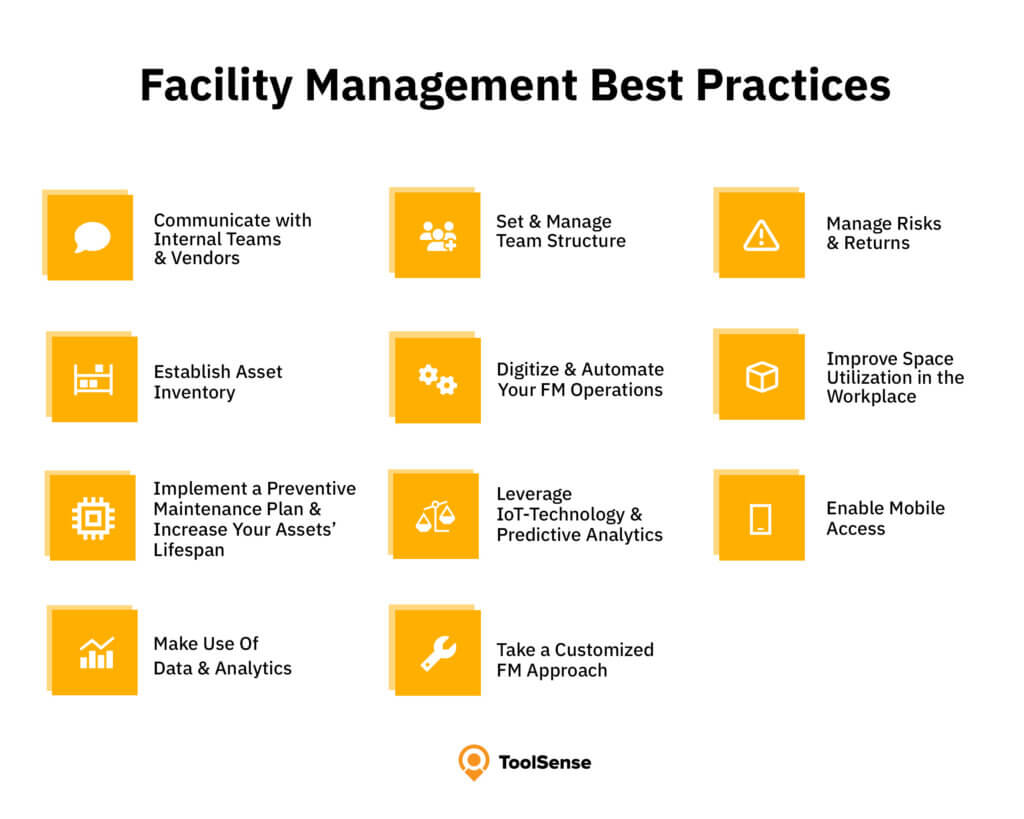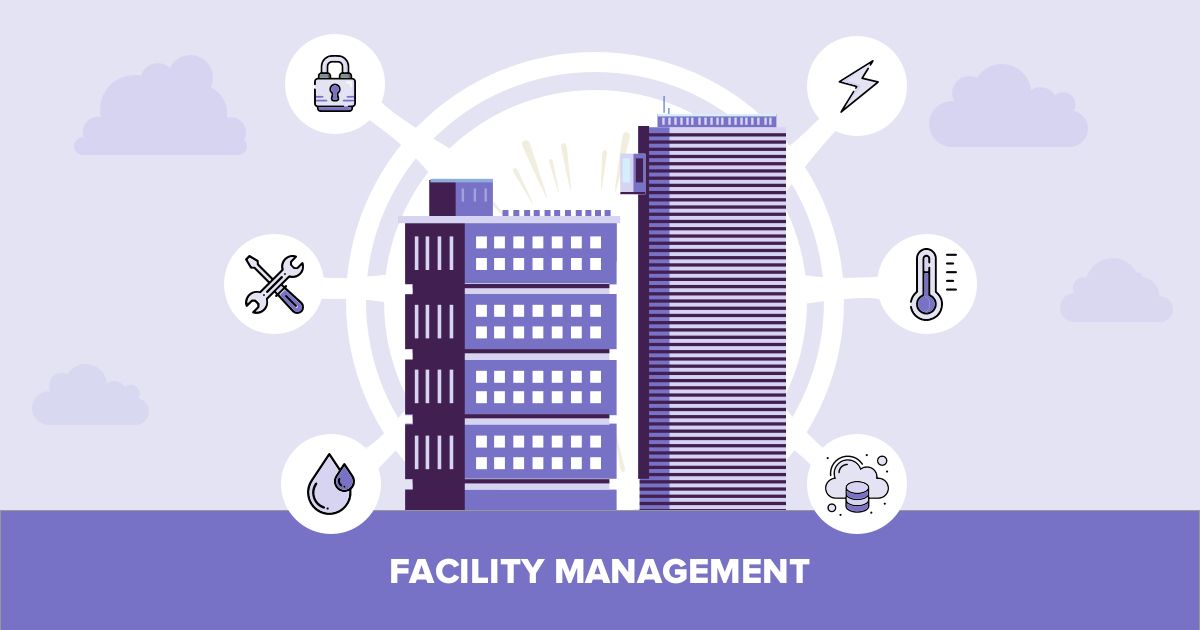The Crucial Guide to Center Monitoring: Techniques for Success
Center monitoring plays an important role in the general success of an organization, offering as the foundation that sustains effectiveness, security, and productivity. The nuances of efficient center management expand beyond plain logistics and call for a thorough understanding of both qualitative and measurable metrics.
Comprehending Center Administration
What constitutes effective center administration? Efficient facility administration encompasses the coordination of various organizational functions to guarantee that constructed environments are risk-free, reliable, and favorable to performance. It integrates the principles of engineering, business, and design management to develop a smooth operational circulation within a company.
Trick aspects of facility monitoring consist of room preparation, maintenance administration, and compliance with health and wellness guidelines. Room preparation focuses on optimizing the usage of physical resources to sustain organizational goals, while upkeep administration makes certain that centers are kept in ideal problem, optimizing lifespan and decreasing operational expenses. Conformity with regulatory and legal criteria is crucial, as it safeguards the company versus potential responsibilities and improves its track record.
In addition, reliable facility management relies upon the calculated usage of technology, such as Building Administration Solution (BMS) and Computer-Aided Center Administration (CAFM) tools. These innovations promote real-time surveillance of structure systems and enhance maintenance procedures (Facility Management). Inevitably, a comprehensive method to facility management not only promotes operational effectiveness however additionally cultivates a favorable atmosphere for site visitors and employees alike, driving general business success
Key Methods for Optimization
Optimizing center administration requires a tactical approach that lines up functional exercise with business goals. To accomplish this, the initial key strategy is the execution of integrated technological solutions. Using innovative software program systems enables real-time tracking of center operations, facilitating data-driven decision-making and enhancing total performance.
Secondly, normal evaluations of facility efficiency are necessary. Carrying out routine examinations and audits enables center managers to recognize areas that require renovation, ensuring that resources are designated effectively. This proactive technique assists in reducing downtime and enhancing service distribution.
An additional crucial method is cultivating cooperation throughout departments. By encouraging open communication between teams, center supervisors can much better straighten their approaches with organization goals, leading to boosted functional synergy. In addition, involving staff in training programs promotes a culture of liability and boosts their capacity to add to optimization initiatives.
Enhancing Safety Protocols
Reinforcing safety and security methods is essential for creating a secure atmosphere within centers. A detailed security procedure not only protects employees and site visitors however also enhances functional performance. Facility Management. To attain this, center managers need to perform normal threat assessments to determine prospective hazards and guarantee that appropriate actions remain in place

Furthermore, clear interaction channels need click reference to be established to report security problems quickly. This consists of creating an easily accessible platform for workers to articulate prospective dangers or incidents without concern of retribution. Leveraging innovation can improve safety and security measures; for example, carrying out security systems and accessibility controls helps keep track of facility tasks and limit unapproved access.
Lastly, conformity with neighborhood regulations and industry standards is non-negotiable. Regular audits and evaluations of security procedures guarantee positioning with current regulations and ideal practices. By prioritizing these strategies, facility managers can cultivate a culture of safety and security that protects all stakeholders and ultimately adds to the company's success.
Improving Office Setting
A favorable office setting dramatically boosts staff member morale and efficiency, making it a vital focus for facility management. To create such a setting, center managers ought to prioritize several key elements, consisting of comfort designs, appearances, and staff member visit this page involvement.
Ergonomic factors to consider are vital to reduce physical strain and discomfort. This involves providing adjustable furnishings, appropriate lights, and ample area for motion. These adjustments can lead to lowered absence and raised task fulfillment.
Aesthetic appeals play an important role in forming the work environment atmosphere. Making use of shade psychology, natural lights, and plant can foster a boosting and inviting setting. Thoughtfully designed areas can increase creative thinking and enhance overall health.
Furthermore, encouraging worker engagement via inclusive decision-making processes can enhance the feeling of ownership and belonging. Collecting comments on workplace enhancements and entailing workers in the layout process can bring about a much more customized atmosphere that fulfills their needs.
Last but not least, promoting health efforts, such as health cares and relaxation rooms, can further add to a supportive work environment culture. By concentrating on these techniques, center managers can successfully improve the office atmosphere, driving both staff member complete satisfaction and business success.
Gauging Success in Facilities
Measuring success in center monitoring requires a detailed strategy that reviews both qualitative and quantitative metrics. Measurable metrics generally include crucial efficiency indicators (KPIs) such as area use prices, power intake, maintenance expenses, and occupancy levels. These metrics supply a clear image of operational effectiveness and official website monetary efficiency, enabling center supervisors to recognize locations for renovation and benchmark against industry standards.
Qualitative metrics, on the other hand, concentrate on user satisfaction and worker interaction. Studies and responses devices can determine just how well the centers fulfill the demands of occupants, helping to analyze the total office atmosphere. This element is vital, as a completely satisfied labor force is usually connected to boosted performance and retention prices.
To successfully determine success, facility managers should likewise think about incorporating modern technology, such as constructing management systems and information analytics devices, to gather and analyze pertinent information. Frequently evaluating both sets of metrics enables for an extra balanced sight of efficiency and educates calculated choices. Inevitably, an effective center monitoring technique depends upon a dedication to continuous improvement, ensuring that both operational effectiveness and customer satisfaction are prioritized.

Conclusion
In verdict, reliable center monitoring is essential for improving organizational performance. Prioritizing safety and security procedures and enhancing work environment settings better add to raised staff member contentment.
Center monitoring plays a critical role in the overall success of an organization, serving as the foundation that sustains efficiency, productivity, and safety.Trick aspects of facility administration consist of space planning, maintenance monitoring, and conformity with health and safety and security guidelines.Moreover, effective facility monitoring depends on the tactical usage of innovation, such as Building Management Systems (BMS) and Computer-Aided Center Monitoring (CAFM) tools. Ultimately, an extensive method to center management not just promotes operational performance however also fosters a favorable atmosphere for employees and visitors alike, driving general business success.
Eventually, a successful center management approach hinges on a dedication to constant renovation, making sure that both operational performances and user contentment are prioritized.